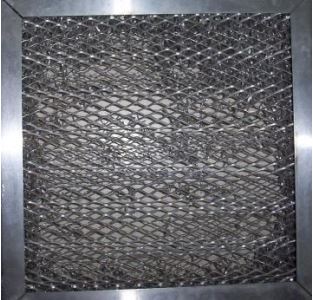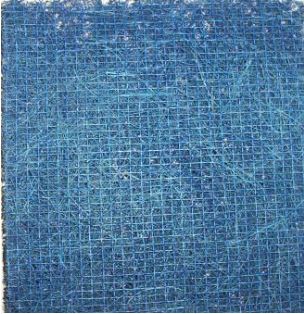Replacing Transmitter Filters That Could Spell Danger
[October 2016] Keeping clean filters on the air intake of transmitters is critical for good operations.
However, some of the reusable filters, especially those that came with some older transmitters may present a real danger, even when clean. Randy Wells explains:
Like most engineers, I try to keep my transmitters clean and free from dust and dirt.
Part of that is making sure the transmitter room is properly built in the first place to keep dust and animals out as much as possible, and ensure a sufficient flow of clean air to keep the transmitter cool. Some of the most cost effective things that can be done is improve the transmitter room environment.
Of course, a regular cleaning of the air filters is necessary. However, an inspection of the air filters on two of “my” BE AM-1A transmitters revealed that, besides being mildly dirty, over the years of cleaning the filters, most of the metallic media inside the filter frame was disintegrating and disappearing.
More Than Dirt Getting In
Not only were the filters not filtering, but metallic shrapnel was being inhaled into the rig.
This is not good – and not much fun – especially if something breaks off and hits the circuit boards!

As you can see, the metal filter has deteriorated and internal pieces are breaking off.
Time For a Total Filter Change
There are a number of solutions, but the bottom line is to get rid of the metal frames filters.
For me, a trip to the local ACE Hardware store yielded a 20 x 30 x 1 slab of a blue filter media called “NaturalAire” – made by Flanders PrecisionAire.

A new and better filter is as close
as the nearest hardware store!
As you can see, the filter even has a woven grid on one side to hold the filter together – and prevent any filter debris from coming through, into the transmitter. I suspect this filter will be more effective than the OEM units.
One caution: there are many different filter materials out there. Depending upon the transmitter, you may want to check with the factory to discuss such replacements, as it is best to use something with a similar air flow rating. Overall, you do not want to install something that actually restricts air flow and adds the heat load.
In this case, for ten bucks, I was able to make a lot of 7-½ x 7-½ inch filters (the size I needed), and avoid the possibility of blowing-up something in the transmitter. The NaturalAire also can be washed clean with water, if it is available – or just swap them out and clean them back at the studio.
This might be a good time to check the condition of your transmitter filters.
– – –
Randy Wells is mostly retired as a contact engineer up in the wine country of Northern California. You can contact him at RadioRan@aol.com
